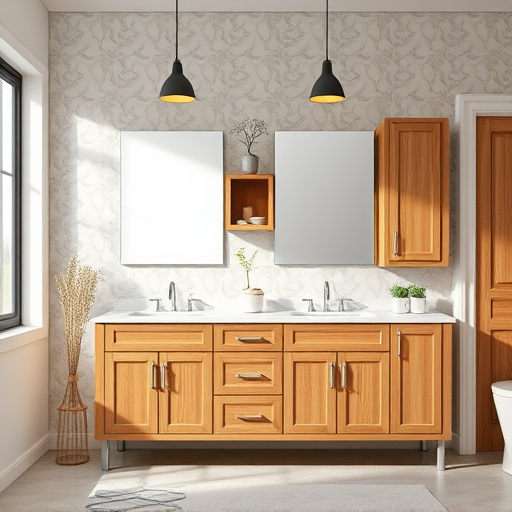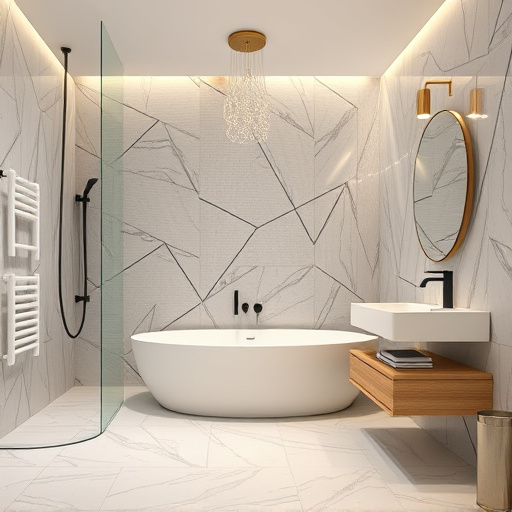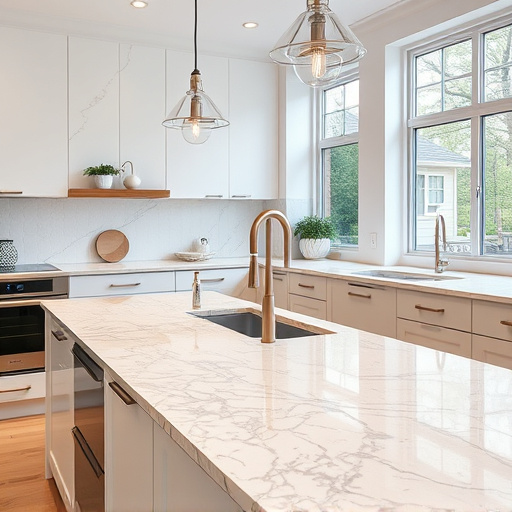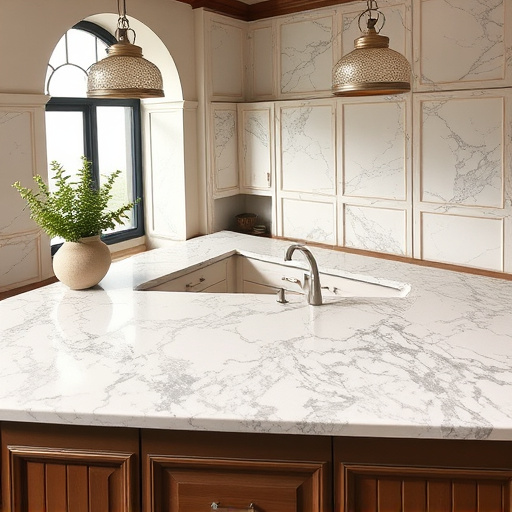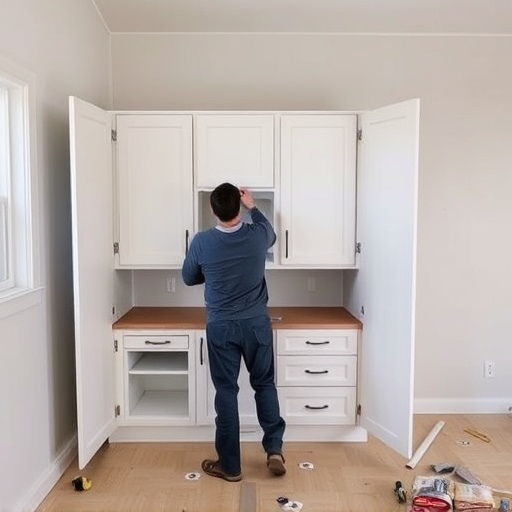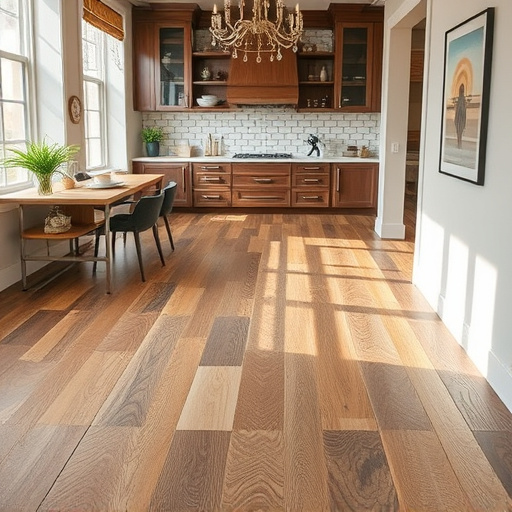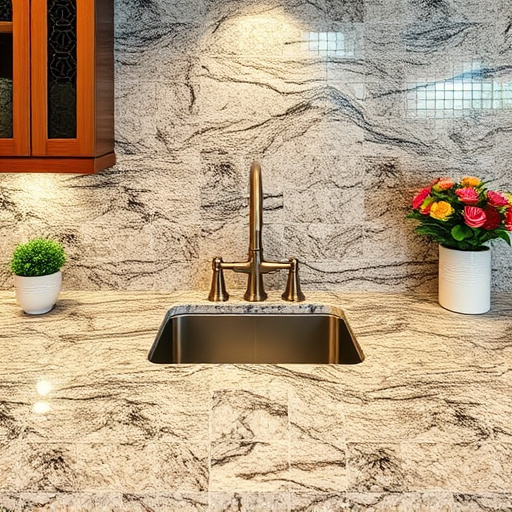Avoid cluttered spaces in office interiors design by prioritizing open floor plans for better flow and aesthetics. Incorporate ergonomic principles to enhance employee well-being and attract talent. Strategically use natural light through windows, skylights, or atriums to boost productivity and mood while setting offices apart from competitors.
Planning an office interior can be exciting, but common mistakes may hinder productivity and employee satisfaction. In this article, we explore three crucial aspects to avoid: cluttered spaces, inadequate ergonomics, and ignoring natural light. By prioritizing open layouts, ensuring ergonomic furniture, and embracing daylight design, you create a vibrant and inspiring workspace that boosts efficiency and fosters collaboration. Discover how these simple yet effective strategies can transform your office interiors.
- Avoid Cluttered Spaces: Prioritize Open Layouts
- Ignoring Ergonomics: Ensure Employee Comfort
- Neglecting Natural Light: Embrace Daylight Design
Avoid Cluttered Spaces: Prioritize Open Layouts
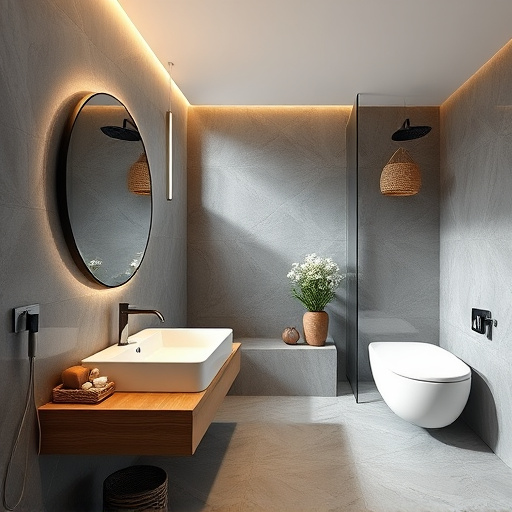
In the realm of office interiors planning, one of the most common mistakes to avoid is creating cluttered spaces. A bustling workplace doesn’t have to be a chaotic one; in fact, open layouts promote a sense of spaciousness and efficiency. Prioritizing open concepts allows for better flow, enabling employees to move freely and collaborate more easily. This design choice also enhances the overall aesthetics, making the office environment more inviting and inspiring.
By steering clear of cluttered spaces, you’re not just improving functionality; you’re also setting the stage for enhanced productivity. Open layouts facilitate natural light penetration, which has been proven to boost mood and concentration levels among employees. Moreover, this design approach often aligns with modern workplace trends, making your office a dynamic and desirable space for both current and prospective tenants or clients. Consider renovation services or home additions that prioritize open floor plans to create an inviting atmosphere that fosters creativity and collaboration.
Ignoring Ergonomics: Ensure Employee Comfort
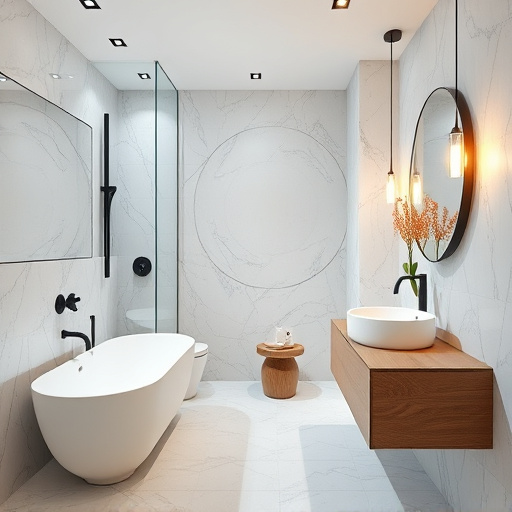
In the realm of office interiors planning, one often-overlooked aspect that can significantly impact employee productivity and satisfaction is ergonomics. Many businesses make the mistake of prioritizing aesthetics over functionality in their workspace design, leading to uncomfortable and potentially hazardous working conditions for their staff. Ignoring ergonomics can result in a range of issues, from chronic pain and injuries to decreased morale and increased absenteeism.
Ensuring ergonomic comfort should be a top priority during any office interiors project, whether it’s a complete renovation or a simple reconfiguration. This involves considering the right type of furniture, including adjustable desks, supportive chairs, and appropriate lighting. Additionally, taking into account the layout and flow of the workspace can prevent strain on employees’ bodies as they go about their tasks. Thinking about these factors not only fosters a healthier work environment but also demonstrates a commitment to employee well-being—a key differentiator for any business seeking top talent in today’s competitive market. Moreover, focusing on ergonomics can be a great starting point when considering broader residential renovations or renovation services, as creating comfortable and functional spaces extends beyond the office into our personal lives.
Neglecting Natural Light: Embrace Daylight Design
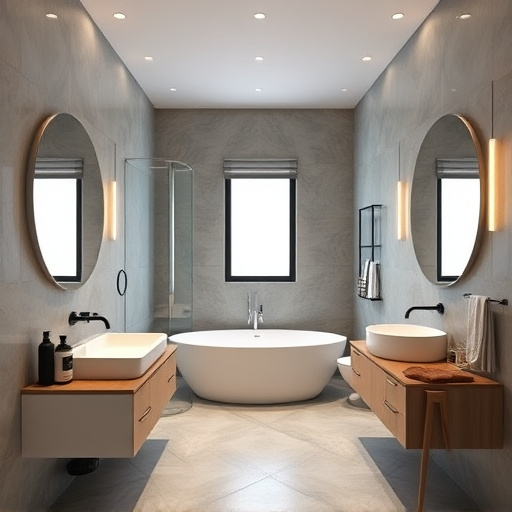
In the realm of office interiors planning, one oft-neglected aspect is the power of natural light. Incorporating daylight design strategies isn’t just about aesthetics; it significantly impacts productivity and employee well-being. Modern research consistently shows that spaces bathed in natural light foster better concentration, enhanced mood, and improved sleep patterns—all crucial factors for a healthy work environment. By strategically placing windows, incorporating skylights, or designing atriums, office spaces can transform from sterile to vibrant, mimicking the positive effects of outdoor environments without compromising functionality.
Embracing natural light also offers a chance to differentiate your office from competitors, especially in an era where remote work is increasingly common. Unlike kitchen renovations or whole house remodels that focus on domestic spaces, office interiors should capitalize on daylight as a key design element. This simple yet powerful approach can set your workplace apart, creating a dynamic atmosphere that attracts and retains talent—a critical consideration for any successful business looking to thrive in the modern market.
In planning office interiors, it’s crucial to avoid common pitfalls like cluttered spaces, overlook ergonomics, and neglect natural light. By prioritizing open layouts, ensuring employee comfort through ergonomic design, and embracing daylight, you can create a vibrant and productive work environment that enhances collaboration and overall well-being. These simple yet effective strategies will transform your office into a dynamic space that fosters both efficiency and happiness among your workforce.



